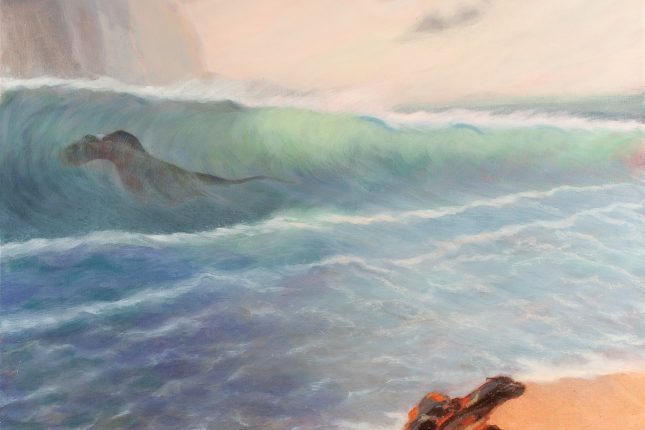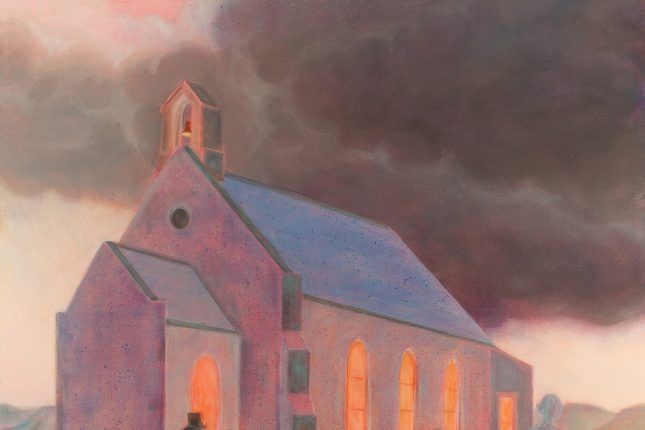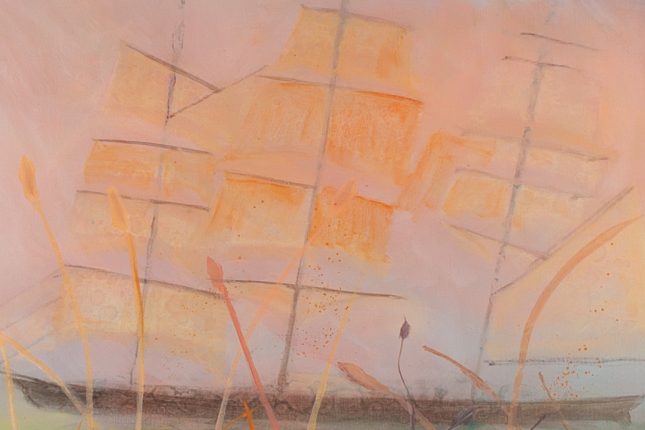Whiz Bang IV
Written by Emily Jateff | October 3rd, 2012
Whiz Bang IV belongs to the last generation of timber powerboats. Its plywood clinker hull was built by JP Clausen & Sons of Jenkins Street Port Adelaide in 1959. The following year, Clausen’s began building the first fibreglass boats in Australia – including 20 foot speedboats.
Whiz Bang IV was built as a ski boat for Tom Angove, of the well known wine-making family in South Australia’s Riverland. It illustrates the growing popularity of water skiing – such a vital part of recreation on the River Murray. It is the fourth Whiz Bang. The first three Whiz Bangs were single-stepped hydroplanes that Tom’s father, Skipper, raced. Before water skiing, racing hydroplanes was the way that people experienced the thrill of speed on water.
Whiz Bang IV’s original engine was a Plymouth side valve motor. Tom selected this brand because his friend worked for Waymouth Motor Company, agents for Plymouth and Dodge engines. Tom later replaced it with a 6 cylinder Dodge Q side valve engine.
The boat was a family Christmas present, nicknamed ‘the old clinker’. Tom, his wife Beverley, and their four children Sarah, Francie, Jenny and John all water-skied, although several more gamely than others. Tom would stand on the end of the jetty, grab the rope as Whiz Bang IVsped off, and leap straight into the water on two skis. Tom and John were the only ones who could make the standing start.
Whiz Bang IV was kept on a slip in the river bank garden of the family home in Renmark. At the end of each summer holidays when the children returned to boarding school, it was taken to the Angoves’ winery. Workers, who built and maintained the winery’s machinery and vats, cleaned, scraped and varnished the boat and serviced its engine.
In the 1930s the family sponsored the Angove Trophy, an annual speed boat race in front of the Renmark Hotel. The event lapsed after twenty years and was resurrected in the 1960s.
The vessel was donated to the South Australian Maritime Museum in 2007 and placed in storage. The length of time out of the water meant that museum volunteers needed to wet the hull’s interior for several months to allow the planking to swell and seal again. The engine required minor electrical work and belts, oil and filter were changed.
Whiz Bang IV regularly runs the river at the Goolwa Wooden Boat Festival. It fired up the first time and ran beautifully. Like many vessels of this era it does not have a gearbox. A direct shaft drive connects the engine to the propeller which means that once the engine is started, the boat takes off!


 Show all
Show all
 Read this post
Read this post

 Visit
Visit